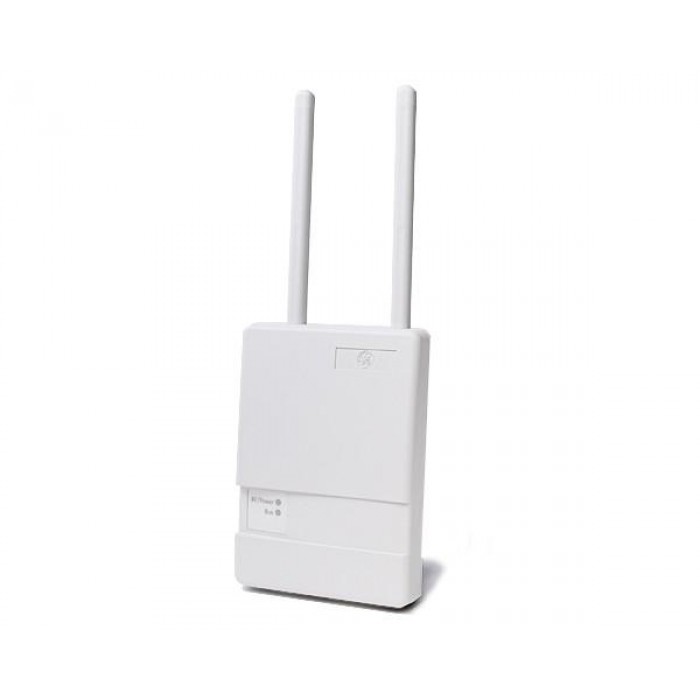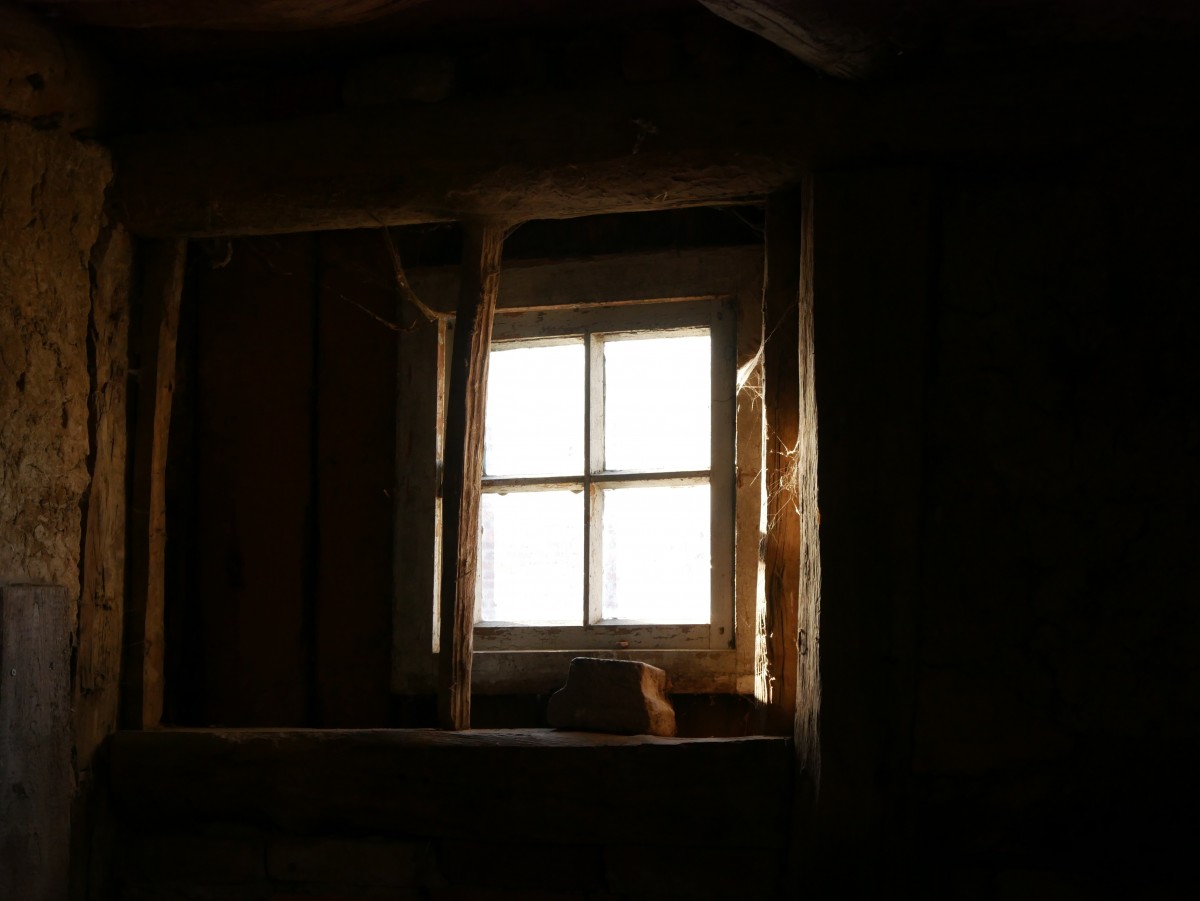We’ve addressed a couple areas of the home that raise specific security concerns in our posts over the last couple months. We’ve addressed Bedroom Security, Basement Security, and Home Office Security in detail. Our customers tend to focus their attention on high-risk or high-use areas such as these. In this post, we focus on areas of the house that alarm customers often fail to address adequately. In turn, this oversight creates home security risks that we wish to help you avoid. These risks arise for a variety of reasons.
For one, many customers are not aware of the security equipment available for specialized purposes. In these cases, we will try to educate you on various alarm devices to secure areas that homeowners frequently leave unsecured. Additionally, we want to address home security risks that customers simply overlook. Many customers focus on keeping criminals out of their home’s most obvious and convenient entry points. However, burglars often look specifically for the least obvious ways to access a home. Let’s start with an area of the home that often contains customers’ very most valuable possessions– the garage.

A wireless signal repeater, such as this model by Interlogix, greatly enhances your security system’s wireless range. This allows you to install contacts in places that customers often skip, such as the garage.
The Garage
Out of all the home security risks described here, failing to address garage security can cause the greatest headache. For one, homeowners often keep cars, lawnmowers, snow blowers, and other vehicles and appliances here. These possessions make for a heist that would make any burglar happy. Additionally, the garage affords thieves the opportunity to work in private. However, many customers do not put security equipment in their garages. We have several options available to address this security risk.
In some cases, putting security contacts in a garage can create communication issues between wireless contacts and the security panel. We often address this issue by installing a wireless signal repeater (pictured). This device takes the signal from your alarm panel and “repeats” it towards more distant contacts. The availability of this device greatly increases your alarm system’s overall wireless range.
We also have garage-specific sensors available to address security concerns. For example, we offer garage door tilt sensors. These sensors create an alarm response when the garage door tilts more than 45 degrees. Of course, installing these on doors that you use to enter the garage could cause unnecessary alarms. Using a remote to disarm your system can help alleviate this concern. Finally, adding smart garage door technology allows you to control your garage door with your smart phone. Adding this capability also allows you to receive alerts when your garage doors are opened and closed, even when your security system is disarmed. Let’s look at a similar home security risk that can prove a bit more difficult to solve.
Sheds, Barns, and Detached Storage Areas
Like the garage, these areas often store valuable tools or equipment. Similarly, they often allow burglaries to occur within the safe confines of a roof and four walls. However, unlike many garages, sheds and other storage areas are usually detached from the home. How can alarm customers possibly hope to eliminate one of the most unique home security risks? Believe it or not, we have several options for adding security to these areas.
In our post on Smart Security System Design, we described several different types of security systems. Many of the systems we offer include a hardwired panel, keypad, and siren. These systems allow us to run a wire to a separate building on your property and install a siren, additional security contacts, and an extra keypad. This keypad controls the secondary area separately from the rest of your home. Therefore, you can arm and disarm your home security system, while your shed stays armed and secure the entire time. Hardwiring a separate section — or “partition,” to use the industry term — in detached areas of your property creates tremendous additional security and functionality.
Second-Story Entrances and Hallways

Second-story balconies are an attractive and popular addition to many homes. However, burglars often find them an attractive way to break into a home as well.
Failing to provide even basic second-floor security creates one of our customers’ most prevalent home security risks. The vast majority of home alarm systems only cover the first floor. We often hear customers say, “If a burglar wants anything badly enough to climb through an upstairs window, let them have it.” We frown upon this line of thinking for a couple reasons. For one, we install burglar alarms as a safety measure as much as a way of adding security for your valuables. As we point out in our post debunking 10 Common Security Myths, we like to think of the home’s habitants when we design security systems, not just what they keep inside. Many two-story homes have their bedrooms on the second story. For that reason, we recommend installing at least basic second-story security measures for the benefit of those sleeping in these bedrooms.
Additionally, thieves often find breaking into a house’s second floor easier than homeowners may realize. Many homes have decks or roofs below second-story windows. These windows now provide an easy target for a break-in. Balconies also give burglars access to second-story doors and a safe, flat space to work on. To address these various issues, we recommend adding both life safety and home security measures to your second floor. Adding panic buttons to bedrooms allows residents to create an alarm response whenever they sense trouble. We recommend individually contacting windows and doors accessible by way of a roof, deck, or balcony. Also consider installing a motion detector in your second-floor hallway or other common area. This adds security coverage for even the most unlikeliest of scenarios such as burglars using ladders or other means of breaking into a home’s second floor.
Secondary Doors and “Hiding Spots”
In our post on Taking Steps to Defeat Smart Criminals, we discuss the importance of thinking like a criminal. Many homeowners tend to design home security based on the areas of their home they see the most. Front doors and easy-to-access windows often get all of the attention. After all, many people wonder, “Who would want to go through more trouble than they have to?” As it turns out, thieves do. Remaining as hidden as possible takes precedence over finding the easiest or cleanest way into a house. Hatchway doors, basement windows, and other hidden areas provide just this opportunity.

While basement windows such as this one may escape your mind when designing a home security system, you can bet that burglars notice them while casing out a house.
We recommend installing door contacts on all exterior doors, regardless of the perceived likelihood of a break-in through that door. This includes the door leading from your basement to the hatchway as well. Furthermore, making the presence of your home security system known on all doors and windows can also help prevent snooping. Security yard signs and stickers, for example, encourage burglars to go seek out another target. The presence of outdoor sirens also alerts burglars to the fact that an attempted break-in could create immediate attention from the neighborhood. Advertising your security system’s presence, and installing contacts to guard any potential break-in point, both decreases the chances of a break-in and provides you with notification in the case one still occurs.
Creating a Security Plan to Conquer Common Home Security Risks
We hope reading this post has given you some ideas for addressing some home security risks that often go under the radar. Having even a basic security system installed goes a long way towards deterring burglars and minimizing the damage should an incident occur. However, complete home security comes from considering and addressing all potential dangers. If you have any questions about the information in this post, we encourage you to contact us. We provide free home site surveys for homeowners. During our visit, we will address any security concerns that you may have. We will also make security recommendations of our own. Together, we can create a security plan that keeps you, your family, and your most valuable belongings as safe as possible.
Feature Image Credit: CSC 1950 on Flickr, Used Under Creative Commons CC BY 2.0 License.
